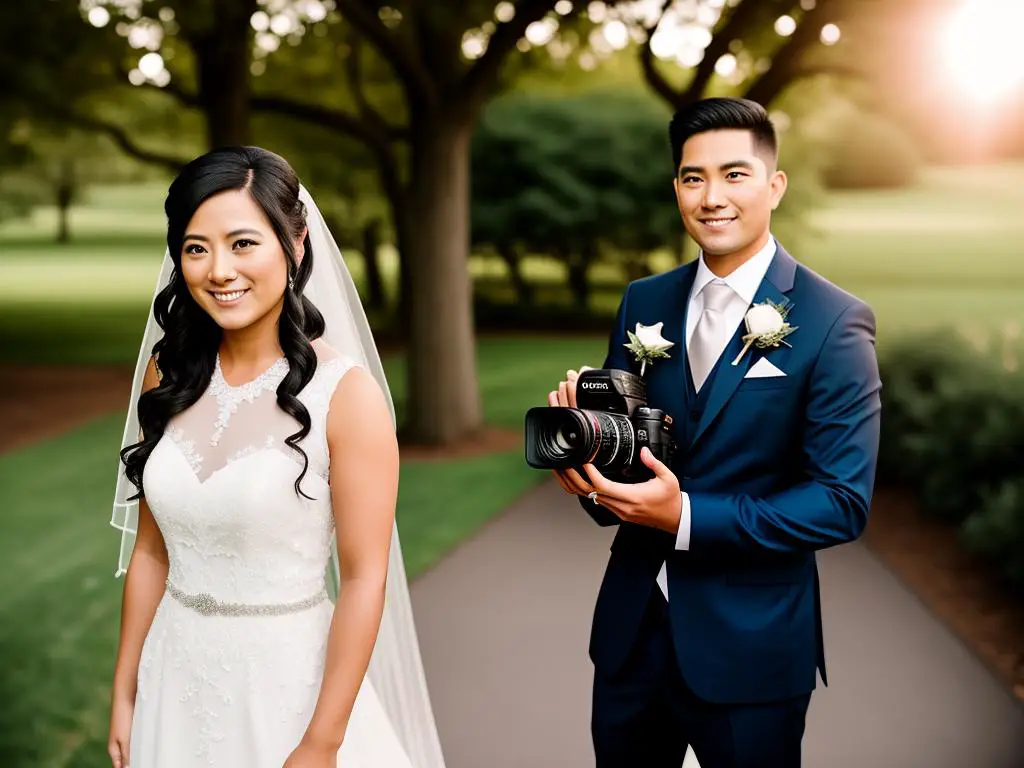Embarking on the artistic journey of wedding photography can be both exciting and daunting. As a medium that demands a combination of skill, creativity, and sensitivity, wedding photography offers the opportunity to freeze unforgettable moments and deep emotions into beautiful still images. This profession not only requires an understanding of photography techniques and equipment, but it also relies on one’s ability to connect with people, comprehend their dreams and expectations, and encapsulate the essence of their love story in a series of photos. As we delve into the various aspects of this rewarding endeavor, we will explore nuances from basic technicalities to pro-level practices, the roles and responsibilities of a wedding photographer, the art of capturing key moments, the significance of post-processing and delivery of images, to the strategic aspects of building a robust portfolio and marketing.
Understanding the Basics of Wedding Photography
Understanding Wedding Photography: The Basics
Wedding photography is a unique blend of artistry, technique, and know-how. To truly master this craft, you must possess a fundamental understanding of various photography concepts and techniques. Additionally, your photographic gear should be industry appropriate and reliable, capable of capturing every precious moment with uncompromising clarity and longevity.
Essential Camera Skills for Wedding Photography
As a photographer, your camera is an extension of your eye; It is the tool you use to capture the fleeting emotional moments that string together the narrative of a couples special day. Understanding different camera settings and how they can affect the end result is critical. Familiarize yourself with concepts such as shutter speed, aperture, ISO, and exposure compensation. Skillful manipulation of these settings can allow you to capture beautifully sharp images even in low light conditions, a frequent reality in wedding photography.
Proper focusing techniques are crucial as well. Autofocus and manual focus can both be utilized in wedding photography, but familiarizing yourself with these techniques will enable you to capture well-focused shots, regardless of the situation.
Lighting in Wedding Photography
Wedding photography is all about capturing moments imbued with emotion, and lighting plays a significant role in this. It helps set the mood and highlights important details, such as the bride’s veil detail or the groom’s laughter. Understanding different kinds of lighting—ambient light, backlit, side-lit, etc.,—is essential to producing great pictures.
A thorough understanding of how to manipulate light, either naturally available or artificially introduced, is a crucial skill. This can greatly amplify the beauty and drama of your wedding photography. Practice manipulating light using different sources, like flashguns or continuous lights.
Required Equipment: Lenses
Wedding photography is far from static. It requires you to evolve and adapt, changing angles and perspective in the blink of an eye. For this reason, a wide array of lenses can be useful. Standard lenses like 50mm or 85mm prime lenses are great for standard portraitures and can provide excellent image quality. Wide-angle lenses (20-35mm) can capture the grandeur of the venue and the whole wedding party. Telephoto lenses (70-200mm) enable you to photograph intimate moments from a distance. Having a selection of lenses to choose from allows a greater creative scope and a higher amount of flexibility in different situations.
The Importance of Composition
Composition is the arrangement of elements within your frame to create a captivating interest. In wedding photography, good composition can turn a simple moment into a powerful memory. Rules like the Rule of Thirds, Leading Lines, and Depth of Field can help in creating visually appealing shots. However, learning to ‘break’ these rules effectively can lead to more exciting results. But remember, these ‘rules’ are more just guidelines; having an eye for what looks aesthetically pleasing matter more than sticking strictly to the guidelines.
The impact of a beautifully composed shot cannot be overstated. It is a skill that the best wedding photographers frequently call upon, documenting the joyous occasion with artistry and technique.
In essence, mastering the subtleties of wedding photography is a journey that requires investment of time, constant practice, and a lot of patience. You need to have a comprehensive understanding of camera settings, be able to work effectively with different lighting conditions, confidently choose appropriate lenses, and develop a fine-tuned sense of composition. These all are fundamental attributes that, when combined with your distinct creative vision, can pave the way to a successful career in wedding photography, making you a sought-after professional.
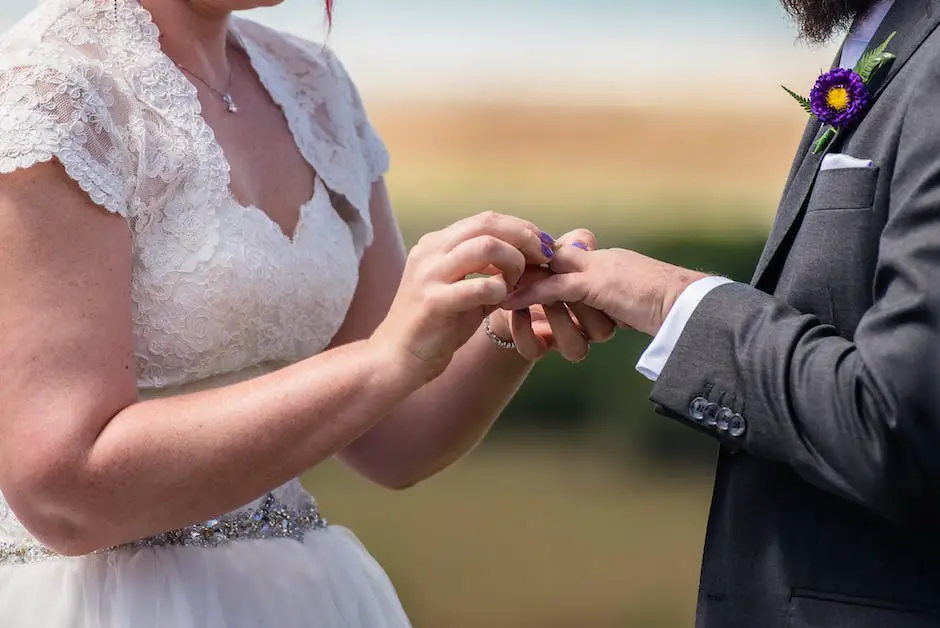
The Role and Responsibilities of a Wedding Photographer
Grasping the Multifaceted Role of a Wedding Photographer
Beyond merely capturing photographs, a wedding photographer carries the multifaceted responsibility of acting as both a historian and a storyteller. The job goes beyond just taking snapshots; it involves documenting some of the happiest moments in the lives of a couple and spinning them into a heartwarming, visual narrative. Each image aims to capture the happiness and love, thereby telling a beautiful story.
Client Liaison: Setting Expectations Right
Perhaps the most critical role of any wedding photographer is liaising with the prospective couple. This preliminary interaction allows the photographer to understand the couple’s expectations and preferences. From formal posed pictures to candid, documentary-style shots, the couple might want a repertoire of varying styles. It’s the photographer’s responsibility to clarify what they can deliver, discuss the logistics, develop a good rapport, eliminate any hesitant reservations the couple might have, and, most importantly, ensure all their wishes are incorporated and met.
Location Scouting: The Hunt for Perfect Frames
Once the initial discussion has been conducted, location scouting follows. A wedding photographer should pre-visit the wedding and reception venues to gain a tactile sense of the space, considering factors such as lighting conditions, possible angles, backgrounds, and identifying potential spots for couple portraits and group shots. They must also determine backup locations in case of unforeseen circumstances like bad weather. Familiarity with the venue aids in narrating a seamless pictorial story on the big day.
Determining the Style of Photography
Another imperative responsibility of a wedding photographer is to determine the style of photography the couple desires. Whether it’s traditional, photojournalistic, illustrative, or fine art, the style should reflect the couple’s personality and the essence of their wedding. The chosen approach sets the tone for the images and impacts the final wedding album.
Preparation and Equipment Checking
An integral part of behind-the-scenes responsibilities for a wedding photographer is checking, cleaning, and preparing all their photography gear. No one wants an equipment malfunction on the big day, so ensuring the cameras, lenses, memory cards, batteries, and lighting equipment are all in order is a non-negotiable task in the run-up to the event.
Picture Perfect Execution
On the wedding day, the photographer morphs into an unobtrusive observer, a skill-demanding task given the flurry of wedding activities. They must be nimble and quick to capture candid emotions, the laughter, the tears, and the surprises. While maintaining professional decorum, they need to make the couple feel comfortable and often step into the role of a coordinator, arranging people for group shots and ensuring everyone looks their best.
Post-Processing and Delivery of Images
Once the wedding is over, work for the wedding photographer continues. They enter the phase of post-processing – selecting, editing, and retouching photographs to bring out their absolute best. Then comes the compiling of these in a carefully curated wedding album and delivering them to the couple. This responsibility requires patience, an eye for detail, and a knack for visual storytelling.
Professionalism and Business Aspects
Juggling multiple roles demands a high level of professionalism from wedding photographers. They need to operate under pressure, handle different types of personalities, respect boundaries, and maintain a positive attitude no matter what the wedding day throws at them. Additionally, they must also manage the business aspect: pricing, contracts, marketing, staying competitive, and establishing a strong brand presence.
As a wedding photographer, one plays a pivotal role in not just taking photos, but also intimately participating in the couple’s special day. The impact of a photographer extends beyond the event, influencing how the wedding will be remembered for years, even generations to come. The job of a wedding photographer entails much more than merely ‘snapping photos’.
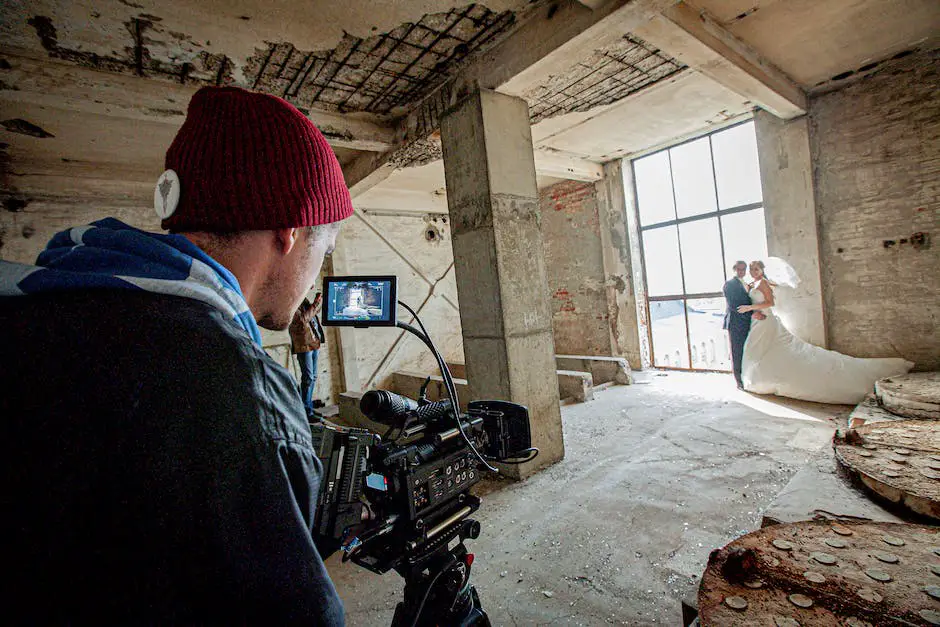
Capturing Key Wedding Moments
Recognizing Crucial Events During a Wedding
No two weddings are identical. Each one carries a unique tempo and has its own special moments. Yet, there are universal events that exist in almost every wedding, forming the backbone of the couple’s love story. Identifying and foreseeing these moments are critical in encapsulating the essence of the wedding day.
The first look, which is often one of the most emotional and intimate aspects of the day, lays bare a whirlwind of emotions and is a moment to treasure for the newlyweds. Documenting the myriad of feelings, ranging from vulnerability to pure happiness seen in the couple’s eyes, is crucial to painting a captivating wedding narrative.
The Ceremony
The ceremony is the fulcrum around which the rest of the wedding affairs pivot. Be alert during the exchange of vows, the first kiss, and presentations of the couple as wedded partners. Each offers a glimpse into the couple’s happiness and anticipation of their new journey together, reflecting their personalities and relationship.
The ring exchange is the highlight of the ceremony. Look for creative angles to capture the ring finger’s shimmer, with the couple’s expressions echoing the emotional resonance. The walk down the aisle post-ceremony, lit with the glow of wedded bliss and the applause of the wedding attendees, is a monumental moment to capture.
The Reception
The reception is a goldmine of spontaneous, joyous moments. The first dance, the cake cutting, the toasts, and the bouquet and garter tosses – they provide picture-perfect moments, showcasing the couple’s happiness, shared laughter, and silly antics. Additionally, the unexpected should always be anticipated; these candid moments are the pulse of the reception and make for the most memorable snapshots.
One should also look beyond the couple. Capture the laughs and tears, the playful and melancholic moods of the guests and family members. These reactions help complete the narrative of the wedding day, adding a wider, more inclusive sense of the wedding environment.
Bringing a Unique Perspective to Wedding Day Narratives
Your primary role as a wedding photographer is to weave a narrative. A narrative depicting the blossoming love between two individuals. Each snapshot is a thread that enriches this tale.
However, the responsibility of a wedding photographer extends beyond just immortalizing events. They embody each emotion within each frame, utilizing lighting, perspective, and composition as their paintbrushes to breathe life into a moment.
Don’t shy away from intertwining with the guests. An immersive approach allows for more candid snapshots, letting you capture reactions and moments that might have otherwise gone unnoticed.
Your ability to anticipate vital moments stems from a keen understanding of the wedding’s itinerary and being in sync with the day’s emotional ebb and flow. This constant vigilance, when married with creativity, brings forth amazing captures of extraordinary moments. The real charm of wedding photography lies not in creating flawless pictures but in capturing unscripted, raw emotions that form a timeless narrative.
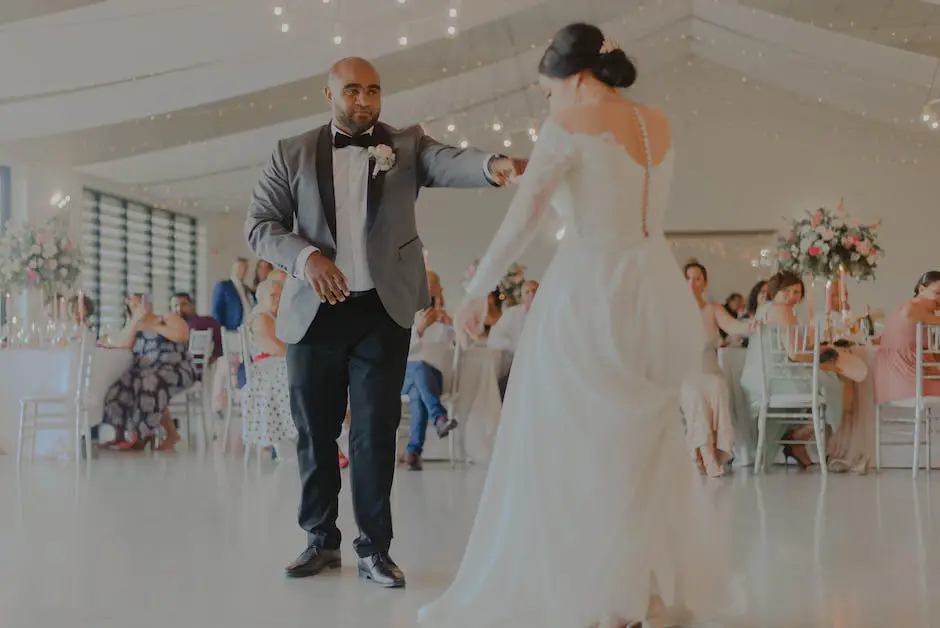
Post-Processing and Delivery of Wedding Photos
Addressing the Crucial Post-Wedding Day Obligation: Photo Post-Processing
Wedding photography is a two-pronged pursuit. The initial phase is dominated by clicking gorgeous photos of the matrimonial ceremony. However, the subsequent phase is marked by a less glamours but no less significant task, post-processing. This is the stage where carefully chosen photographs are refined and retouched, emphasizing their appeal and effectively encapsulating the essence of the special day.
Sorting: The First Step of Post-Processing
Whether it’s a small intimate wedding or a grand affair, wedding photographers typically capture hundreds, if not thousands, of photos. Before any editing can start, these photos need to be sorted through. This means selecting the best shots that tell the story of the wedding day most naturally and fluidly.
The sorting process is all about cherry-picking potent shots that carry emotion, capture significant moments, or have an artistic flair. Any duplicates, blurred photos, or otherwise unwanted shots are weeded out. This step can be time-consuming, requiring patience and a keen eye for detail.
Editing: The Art of Polishing the Story
Once the best photos are isolated, the editing process begins. This is where the wedding photos transition from simple images to storytelling tools. The aim is to edit the images subtly so that they appear as natural and authentic as possible, all the while enhancing their aesthetic appeal.
From cropping to adjusting exposure and saturation, tweaking white balance, or using filters and presets, there are many tools a photographer can use to improve the overall look of the images. Correcting minor imperfections, removing unwanted objects, or adjusting lighting issues can also make a significant difference.
Consistency: The Key to Professionalism In Editing
Consistency in editing is crucial in wedding photography. Despite the different environments and lightings throughout the wedding day, the photos need to have a cohesive look and feel. This consistency carries over from color correction to lighting adjustments, and even cropping. It’s essential to maintain a consistent style that matches the couple’s tastes and your photography brand.
Digital Assets Management
Digital assets management is an essential yet often overlooked step in the post-processing lifecycle. It involves properly organizing and storing the final images in a secure and accessible location. The images need to be backed up in multiple locations, including cloud storage, to safeguard them against unfortunate circumstances.
Similarly, creating a categorized library that easily sorts and retrieves photos can make future access easier. This system can categorize photos based on various factors like the date, location of the wedding, couple’s names and so on.
Delivering the Final Images: Bridging the Gap Between Effort and Satisfaction
The final step in the process is delivering the photos to the client. Most photographers provide digital files, but some also offer physical albums or prints.
It’s essential to discuss delivery details with the couple beforehand, so they know what to expect. Some photographers use online photo galleries, while others prefer delivering the images on a USB stick or through an online download link.
Post-processing and delivering wedding photos is a complex and time-consuming process that requires careful curation, detailed editing, and efficient management. However, the end results are precious, bringing to life the cherished memories of the couples’ special day. With dedication and practice, managing this process becomes more streamlined, leading to happy clients and a rewarding profession in the field of wedding photography.
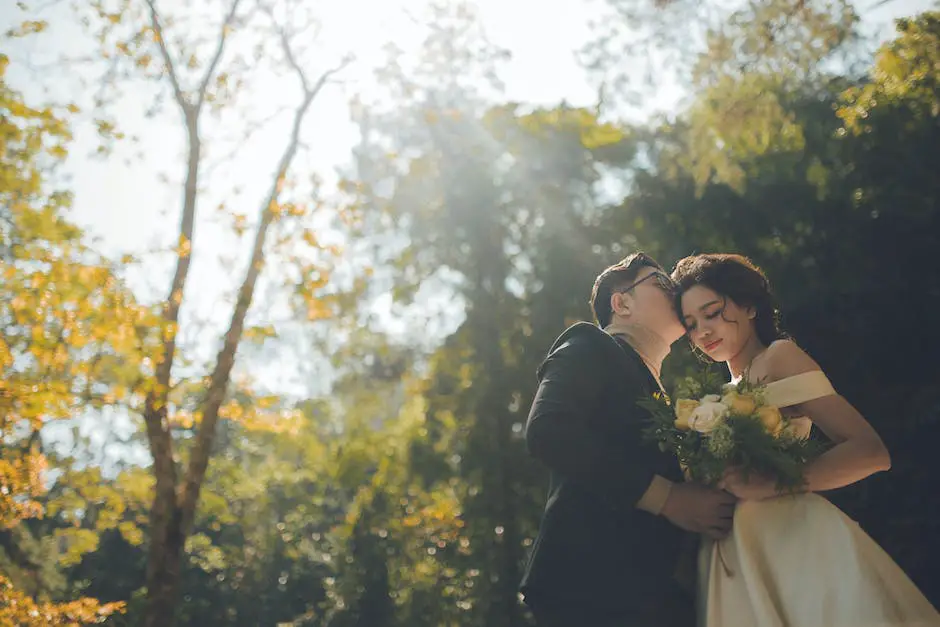
Creating your Wedding Photography Portfolio and Marketing
Curating a Wedding Photography Portfolio
Fundamentally, building an impressive portfolio is the most critical step toward establishing yourself as a professional wedding photographer. This collection of your work is what potential clients will use to gauge your skills and proficiency. Your portfolio must contain high-quality pictures that display your ability to adapt to different scenarios, be it the intimate moment of the couple’s first kiss or the elaborate decor of their wedding venue.
Start by compiling a variety of shots that represent the essence of a wedding ceremony. These could include portraits, detail shots of accessories, candid moments, and grand landscapes. Your collection should narrate an enchanting story beyond just posed images. A diverse portfolio demonstrates your ability to visualize and capture the fundamental elements of the day.
Don’t miss out on providing a context for each image. Brief descriptions or narratives about the images can enhance their appeal by demonstrating your talent for forming personal bonds with your clients, which is a valuable attribute for a wedding photographer.
Lastly, ensure the quality always surpasses the quantity. A compact collection of your top photos is far more compelling than an extensive selection of average images. Remember, your portfolio is your ticket to making a lasting first impression, make sure it comprises only your best work.
Establishing a Unique Brand
Just as important as a solid portfolio, building a strong and original brand is vital in setting yourself apart in the saturated wedding photography market. Your brand is effectively your promise to your client. It communicates what to expect from your services and differentiates your offering from that of your competitors.
The easiest starting point in developing your brand is simply being authentic. Reflect on your style and what makes you unique as a photographer – it could be your artistic approach to shots, impeccable customer service, or even your personal story and journey into photography.
Remember to incorporate your brand into every aspect of your business; from your website design to the way you dress and interact with clients. Establish consistency in your branding to create a memorable impression, something easily recognizable as ”you” in the minds of potential clients.
Marketing Strategies for Wedding Photography
In today’s digital age, having an online presence is indispensable. Begin by optimizing your website with proper SEO techniques to increase your visibility on search engines. Regularly updating your blog with behind the scenes, tips for clients, or insights into your personal process can also help boost your SEO, in addition to providing potential clients with a sense of familiarity and connection to you.
Social media is another critical platform to utilize. Update your profiles regularly with new work, provide potential clients with sneak previews, and engage with your audience by constantly interacting with their comments and messages. Additionally, consider running targeted ads to reach couples who just got engaged.
Offline marketing strategies can be equally as effective. Participating in bridal shows, networking at industry events, and building relationships with vendors and venues in the wedding industry can bring in referrals. Design attractive business cards, brochures, or flyers to distribute and grab potential clients’ attention.
Building Relationships with Vendors in the Wedding Industry
Networking and building relationships with the array of vendors within the wedding industry can prove very advantageous. From wedding planners to venue owners and caterers, these vendors can serve as valuable referral partners.
Approach potential vendors with a collaboration mindset. Understand their business needs and express how your photography skills can enhance their operation. Offering them some professional shots to use for their marketing, for instance, can entice them to recommend your services to their clients.
Building these relationships can be a process, but remember, the strength and success of your business is often directly proportional to the strength of your network within the industry. Cultivate these relationships with mutual respect, professionalism, and genuine interest, and you’ll soon find your booking calendar filling up.
In conclusion, establishing a distinguished portfolio, strong unique brand, and effective marketing strategies, both online and offline–and the process of networking within the wedding industry are all building blocks toward becoming a sought-after wedding photographer. Each of these components is a piece of the bigger picture of your ultimate success.
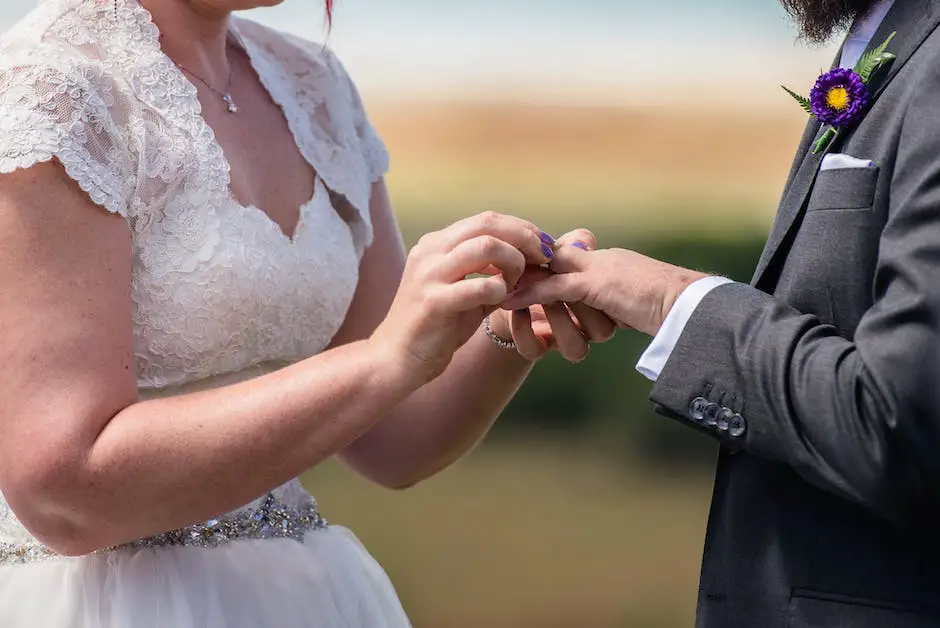
As we have navigated through the intricate facets of wedding photography, we have unveiled that being a successful wedding photographer entails much more than having technical expertise. It’s about possessing the ability to anticipate and capture the profound moments that unfold, to convey compelling stories, and to create timeless memories for each couple. We’ve also underscored that relentless learning, refining one’s skillset, and having a strategic approach towards portfolio building and marketing is fundamental. Remember, each couple’s love story is unique, and so should be the way you photograph it. Arm yourself with the necessary skills and knowledge, develop your distinctive style, and stand ready to etch beautiful beginnings onto the canvas of your clients’ hearts.
Originally posted 2023-11-01 22:05:11.

